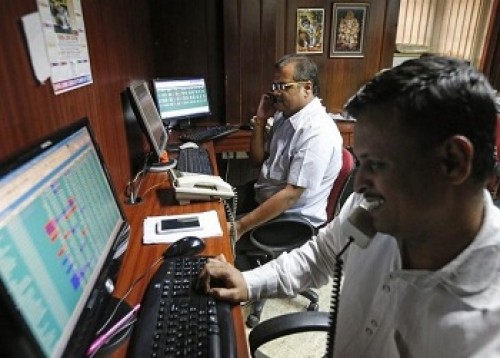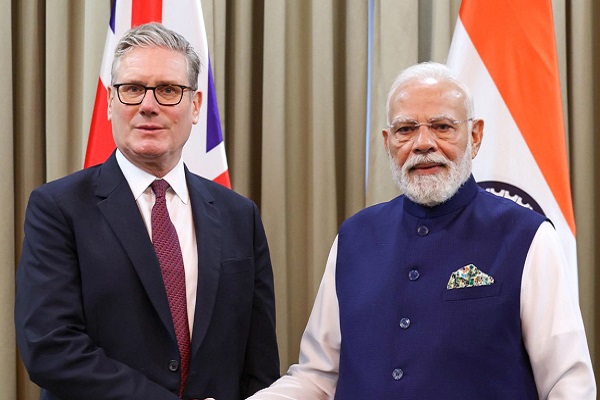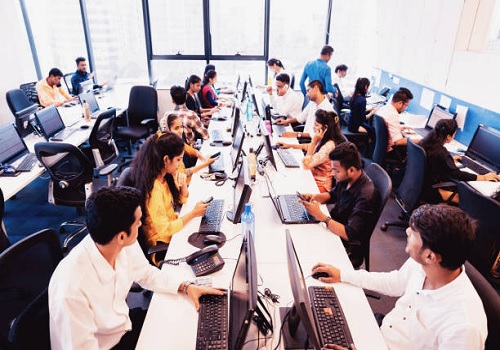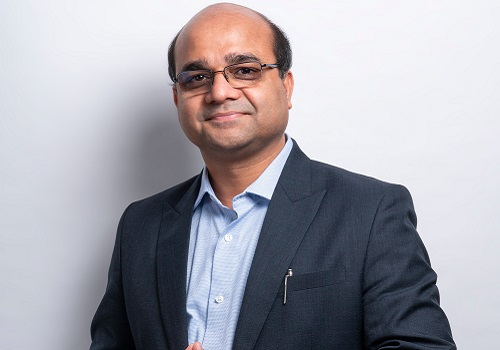How New Credit Models Can Ease MSME Struggles by Ms. Neha Juneja, Serial Entrepreneur & Startup Leader

Micro, small, and medium enterprises (MSMEs) form the backbone of India’s economy, contributing nearly 30% of GDP, 40% of exports, and employing over 110 million people. By all means and measures, it is a sector that is objectively critical to our economic security and success. Yet despite their critical role, MSME’s remain among the most underserved segments when it comes to formal finance. According to the International Finance Corporation, India’s MSME sector faces a credit gap of more than USD 400 billion.
The obstacles are well-known: lengthy approvals, high collateral requirements, and bias toward larger firms with established credit histories. These hurdles often drive entrepreneurs into informal lending channels where interest rates can soar as high as 36 to 60% annually. This inefficiency not only stifles entrepreneurship but also hinders inclusive growth, as well as overall growth.
Fintech innovations are beginning to change this reality. By leveraging alternative data such as GST filings, AI driven analysis of bank transactions, mobile payments, and digital purchase histories, new-age lenders can assess creditworthiness beyond collateral. Loans that once took weeks to process can now be approved in hours and at a fraction of the cost. China provides a powerful example. Ant Group has extended billions of dollars in credit to tens of millions of small businesses through Alipay by using live transaction data and supplier relationships as the basis for underwriting. Shopkeepers and online sellers who were once invisible to banks now access instant working capital, enabling them to manage inventory and cash flow more effectively. In India, similar models are emerging, enabling a tailoring unit in Varanasi or a grocer in Rajasthan to access timely loans based on digital sales records, often at affordable rates. These solutions have the potential to scale rapidly, especially as UPI and GST adoption deepen.
Delayed payments remain one of the most significant pain points for MSMEs, with studies suggesting that over ?10 lakh Cr. is locked in receivables at any given time. Invoice discounting platforms allow businesses to unlock cash tied up in unpaid invoices, improving liquidity and ensuring they can pay workers or expand production on time. For instance, a small auto-parts supplier in Pune no longer has to wait 60 days for a large manufacturer to release payments. By discounting invoices, they can free up working capital and fulfill additional orders. Supply chain finance models backed by anchor corporates extend similar benefits, reducing the cost of borrowing for smaller suppliers.
Peer-to-peer lending has introduced yet another layer of innovation. By linking individual lenders with borrowers, P2P platforms channel credit directly to underserved entrepreneurs, by removing any middlemen in the credit value chain, lenders on P2P platforms can well earn above market returns. This model works particularly well for retail or smaller ticket borrowers. Importantly, for lenders these are n structured, regulated products that allow for easy diverisifcation across borrowers, placing them at par with traditional financial instruments while retaining strong social impact.
Embedded finance is also gaining momentum. Sellers on e-commerce marketplaces can now access instant loans linked to their real-time sales performance. Payment gateways and
accounting platforms are embedding credit solutions, making working capital available precisely when and where it is needed.
As these new credit models grow, responsible innovation remains vital. The Reserve Bank of India has introduced safeguards to ensure transparency and consumer protection in digital lending and P2P platforms. At the same time, financial literacy must be strengthened so that entrepreneurs understand loan terms and lenders remain aware of risks.
Closing even half of India’s current MSME credit deficit could add an estimated 2 to 3% to annual GDP and create millions of new jobs. The entrepreneurs are ready. They have the grit, ideas, and ambition. What they lack is access to timely and fair capital. New models, digital, data-driven, and democratized, are proving that this gap can be bridged. The convergence of purpose and profit is already transforming how small businesses access finance. If investors, policymakers, and financial institutions scale these innovations, the result will not just be economic growth but also greater social resilience and equity.
As someone who has spent 17 years building enterprises with small entrepreneurs across India, I have seen these challenges and solutions firsthand. From clean energy ventures to peer-to-peer lending, the evidence is clear: when innovation meets responsibility, capital flows to where it is most needed, and both investors and communities thrive.
Above views are of the author and not of the website kindly read disclaimer






.jpg)



More News

Quote on World Environment Day 2025 by Shankar Rajaram Area Sales Director-Industry INDO Reg...










